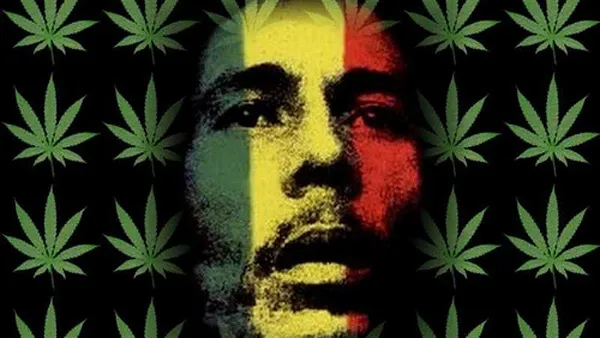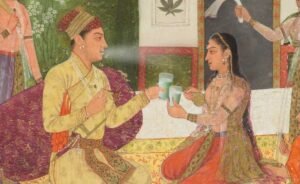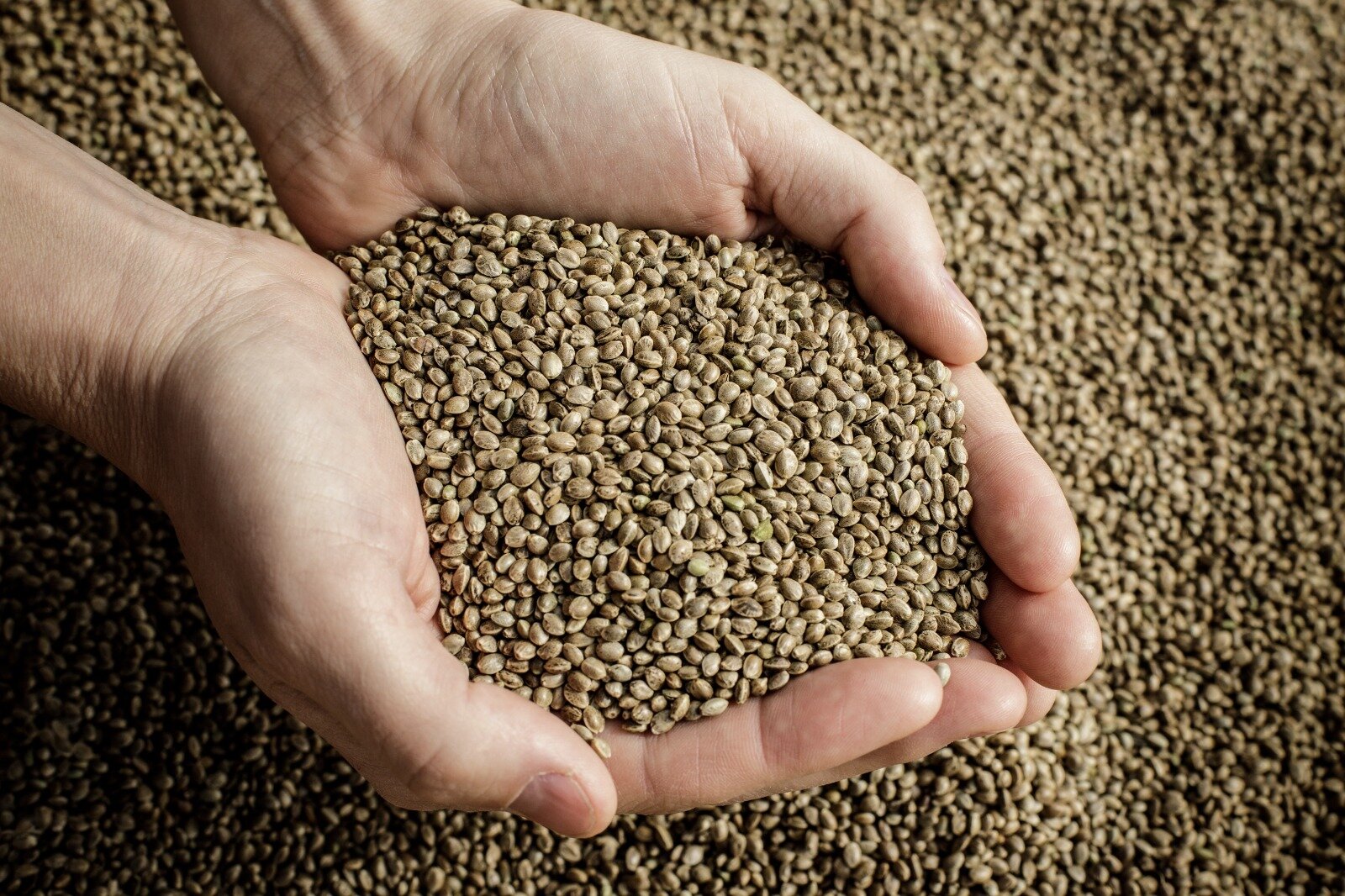Introduction
Ganja has always been more than a plant—it is a source of creativity, spirituality, and cultural identity. From the verses of Indian saints like Kabir to the global reggae revolution of Bob Marley, ganja has inspired poets, musicians, and folk traditions across centuries. It has served as both a spiritual tool and a symbol of artistic freedom.
Kabir and Indian Folk Traditions
In India, the connection between ganja and folk culture runs deep. Saints like Kabir often used metaphors of smoke, intoxication, and detachment to describe spiritual awakening. While Kabir himself warned against blind addiction, his bhajans inspired folk singers who saw ganja and bhang as symbols of breaking social boundaries.
Among Shaivite saints, Naga sadhus, and Aghoris, ganja became a sacred offering to Lord Shiva. Folk songs sung during Holi and Shivratri often celebrate bhang as a path to joy, devotion, and freedom. Thus, ganja entered Indian music not only as a herb but as a metaphor for transcendence.
Sufi Fakirs and Baul Singers
In Bengal and across India, Sufi fakirs and Baul singers also embraced ganja in their gatherings. For them, it was a symbol of divine love and surrender. Their songs describe “smoke” as the dissolution of ego and intoxication as union with the beloved (God). Through music, rhythm, and ganja, they reached states of creative ecstasy.
Rastafari Movement and Bob Marley
Across the ocean, in Jamaica, the Rastafari movement gave ganja a global identity. Seen as the “wisdom weed,” it was used to connect with Jah (God), enhance meditation, and inspire music.
The world’s most famous reggae icon, Bob Marley, celebrated ganja through his songs. Tracks like Kaya and Easy Skanking expressed peace, rebellion, and spiritual awakening. For Marley, ganja was not just an herb but a cultural and political statement. His music turned cannabis into a universal symbol of freedom and resistance.
Ganja in Global Folk Culture
Beyond India and Jamaica, ganja found a place in other folk traditions:
-
African drummers used it to reach trance states during rituals.
-
Mexican corridos (folk ballads) referenced it as a symbol of resistance.
-
In modern times, beat poets and rock musicians embraced it as a tool of rebellion and creativity during the counterculture movement of the 1960s.
-
Conclusion
From Kabir’s poetry in India to Bob Marley’s reggae in Jamaica, ganja has been a bridge between spirituality and creativity. In folk traditions, it was never just about intoxication—it was about freedom, inspiration, and cultural identity.
Even today, ganja continues to inspire art, music, and social movements, proving that its role in human creativity is timeless.




